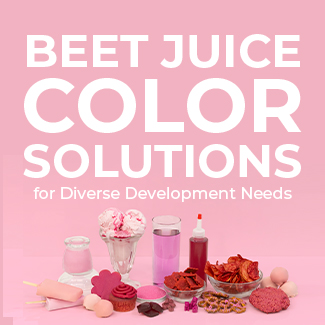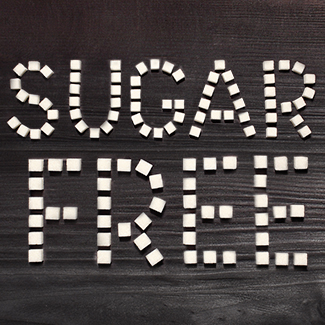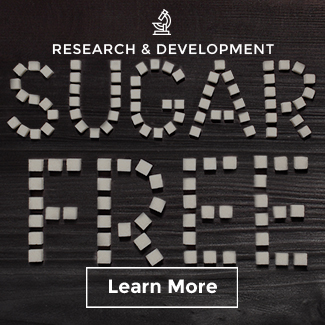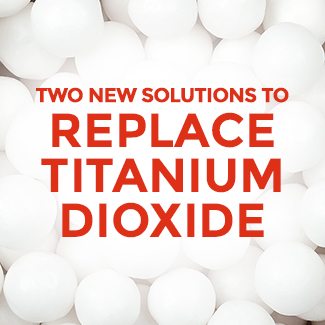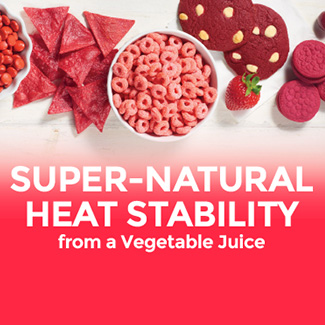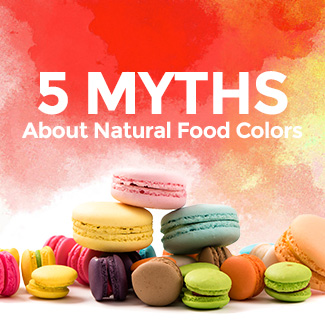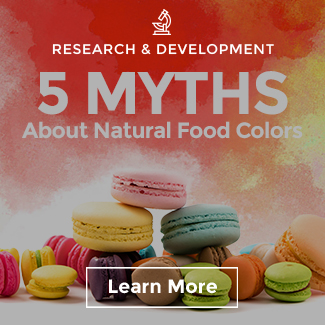Cost In Use
Numerous studies have demonstrated that color has at least as much, and typically more influence on consumer preference for food and beverage products than the actual flavor. Given that flavor usually contributes substantially more to total formulation cost than color, it is probably more accurate to state that synthetic colors are very efficient and low cost and not that natural colors are expensive.
However, given where we have come from, the cost-in-use for natural colorants is a hurdle that most food and beverage manufacturers are facing today.
So what are the cost drivers? There are two main factors that contribute to the cost differential:
1. A higher cost of production for natural colors
2. Typically higher usage rate for natural solutions
Higher Cost of Production
Natural color sources, mainly botanicals, typically contain less than 2% of color or pigment in the actual raw material. This means we need a lot of raw botanical material to produce a small amount of color. Synthesized pure dyes, by comparison, are greater than 90% pigment. Additionally, the costs associated with crop management and cultivation can be high in certain cases. Agricultural conditions may result in seasonal variations and quality assurance, notably pesticide and microbial testing are critical elements but add an additional cost burden.
Higher Usage Rates
The amount of colorant, or pigment load, is lower in commercial natural colorants even after the extraction process versus synthetic equivalents. The lower loads mean higher usage levels in formulations are required to achieve the same desired shades. Further, the stability of natural color sources is generally less than synthetic equivalents leading to higher usage levels in order to maintain shelf life goals. Overall, it is the combined effect of higher usage levels and higher cost of production that results in cost-in-use comparisons that are often several times that of similar synthetic color solutions. However, the primary cost driver is usually the latter. So it is fair to say that the higher usage rates required are the key reasons that natural colors are more expensive.
Improving Cost-In-Use
At Sensient, we are already making progress in closing the gap on cost. And we expect there to be much more substantial improvement over time as well. There are three key areas of research that will deliver on this promise:
• Identification of new botanical sources will improve both shade range and cost
• Natural selection breeding improves the pigment yields and helps us develop stronger colorants
• New technologies in extraction, processing, and stability enhancement will improve costs So food and beverage brand owners should feel optimistic that while there are cost-in-use challenges, these are not prohibitive and will ameliorate over time.

So food and beverage brand owners should feel optimistic that while there are cost-in-use challenges, these are not prohibitive and will ameliorate over time.





